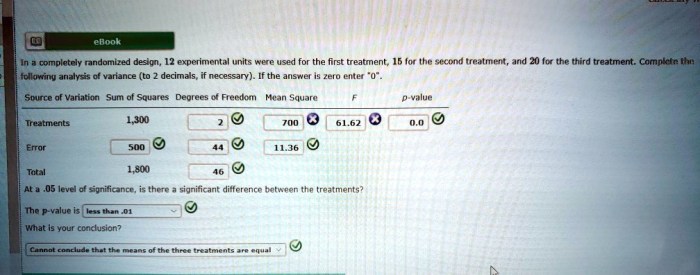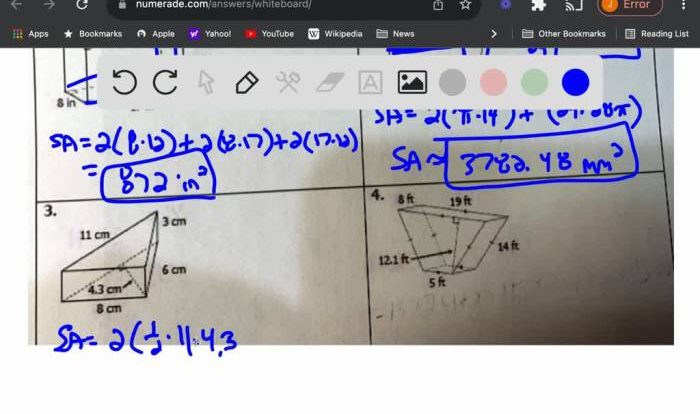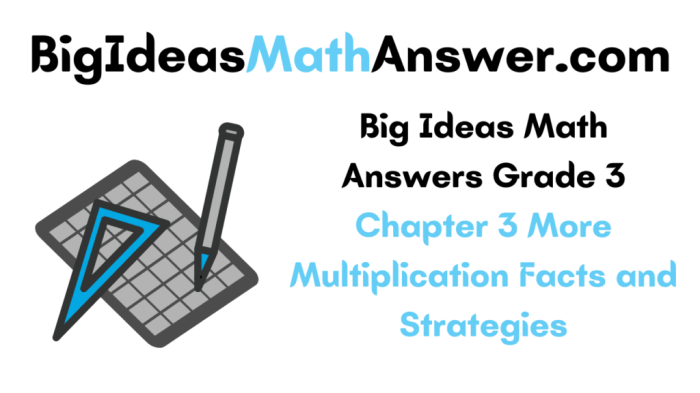Linear algebra and its applications 5th edition david lay – Linear Algebra and Its Applications, 5th Edition by David Lay is a seminal work in the field of linear algebra, providing a comprehensive exploration of matrix theory and its diverse applications across various disciplines. This foundational text empowers readers with a deep understanding of the subject’s fundamental concepts, equipping them to tackle complex mathematical problems with confidence.
Delving into the intricate world of vector spaces, linear transformations, and matrices, this book unveils the underlying principles that govern these mathematical structures. It illuminates the practical significance of linear algebra in computer graphics, physics, engineering, economics, and beyond, showcasing its indispensable role in shaping our technological advancements and scientific discoveries.
1. Introduction to Linear Algebra
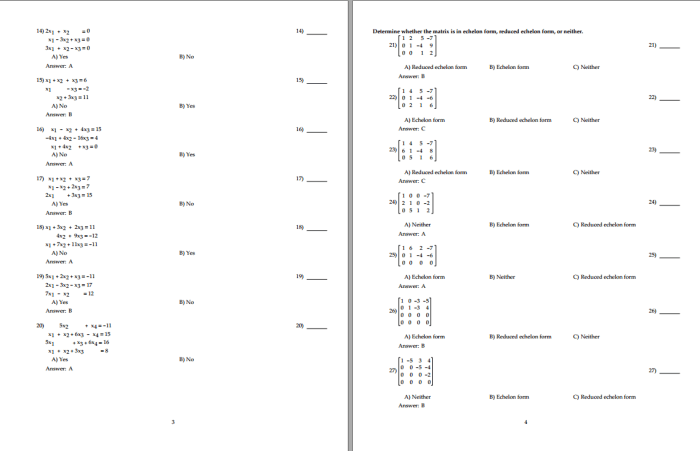
Linear algebra is a branch of mathematics that studies vector spaces, linear transformations, and matrices. It is a fundamental tool in many fields, including computer graphics, physics, engineering, and economics.
The history of linear algebra can be traced back to the early 19th century, when mathematicians began to study systems of linear equations. In the 20th century, linear algebra was further developed by mathematicians such as David Hilbert and Hermann Weyl, who laid the foundations for the modern theory of vector spaces and linear transformations.
Today, linear algebra is an essential tool in many different fields. It is used to solve systems of equations, analyze data, and design computer graphics. It is also used in physics to describe the motion of objects, and in engineering to design bridges and buildings.
1.1. Key Concepts of Linear Algebra, Linear algebra and its applications 5th edition david lay
- Vector spaces: A vector space is a set of vectors that can be added together and multiplied by scalars. Vector spaces are used to represent many different types of mathematical objects, such as points in space, forces, and velocities.
- Linear transformations: A linear transformation is a function that maps one vector space to another. Linear transformations are used to represent many different types of mathematical operations, such as rotations, reflections, and projections.
- Matrices: A matrix is a rectangular array of numbers. Matrices are used to represent linear transformations and to solve systems of equations.
2. Vector Spaces
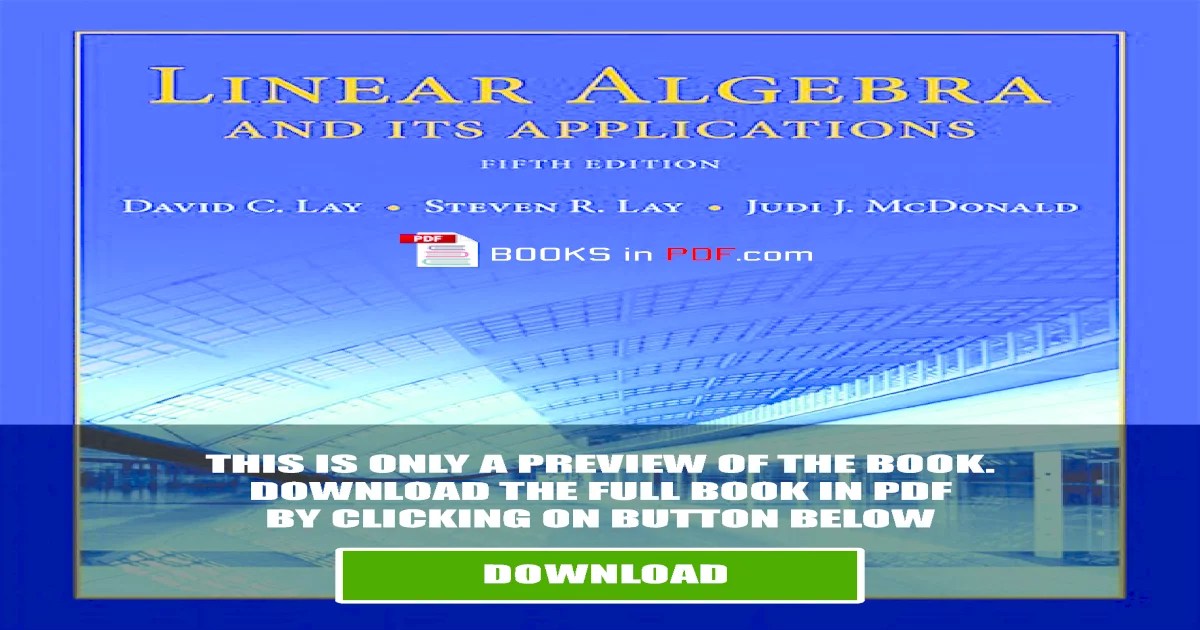
A vector space is a set of vectors that can be added together and multiplied by scalars. Vectors are mathematical objects that have both magnitude and direction. Scalars are numbers.
There are many different types of vector spaces. Some of the most common types of vector spaces include:
- The set of all n-tuples of real numbers
- The set of all polynomials of degree n
- The set of all continuous functions on a closed interval
Vector spaces are used to represent many different types of mathematical objects, such as points in space, forces, and velocities.
2.1. Properties of Vector Spaces
- The sum of any two vectors in a vector space is also a vector in the vector space.
- The product of any vector in a vector space by any scalar is also a vector in the vector space.
- The zero vector (the vector with all zero components) is in every vector space.
- Every vector in a vector space has an additive inverse (a vector that, when added to the original vector, gives the zero vector).
3. Linear Transformations
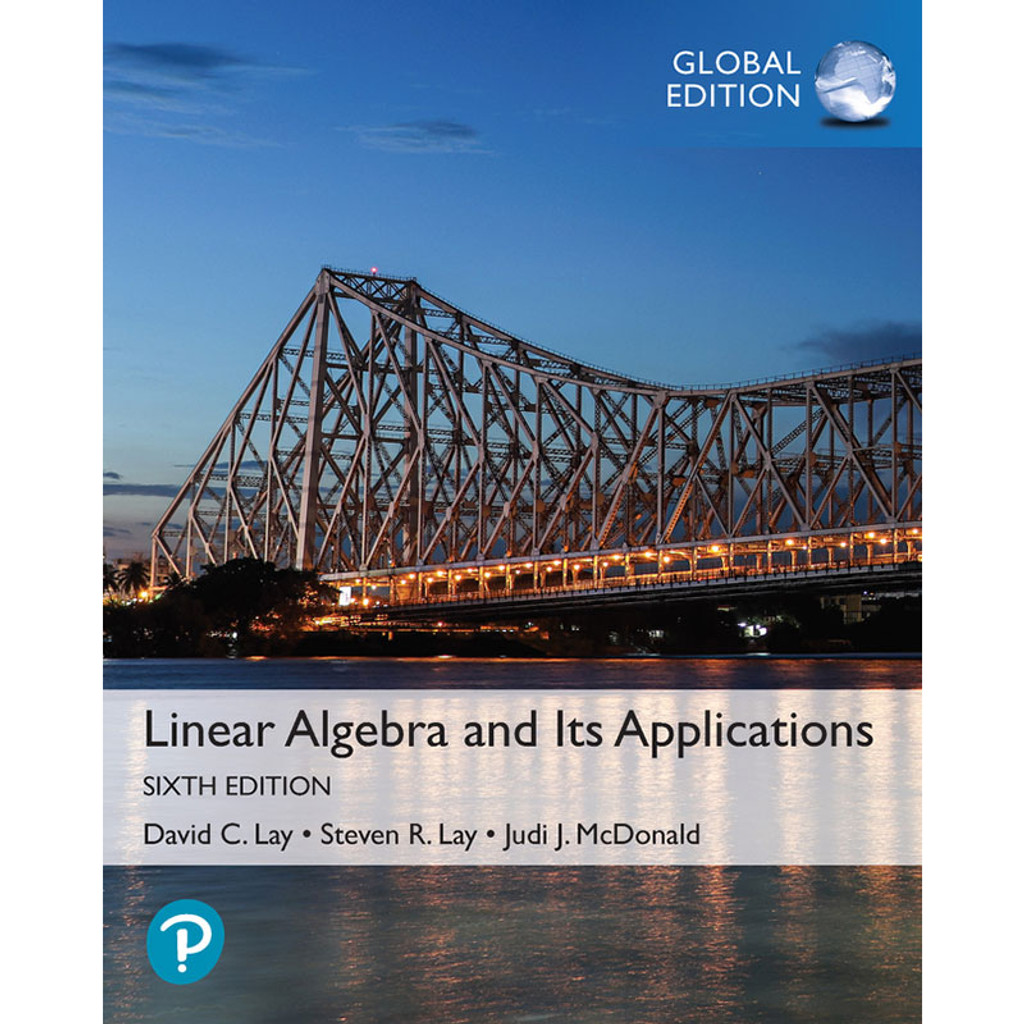
A linear transformation is a function that maps one vector space to another. Linear transformations are used to represent many different types of mathematical operations, such as rotations, reflections, and projections.
There are many different types of linear transformations. Some of the most common types of linear transformations include:
- The identity transformation: The identity transformation is the linear transformation that maps every vector to itself.
- The zero transformation: The zero transformation is the linear transformation that maps every vector to the zero vector.
- The scalar multiplication transformation: The scalar multiplication transformation is the linear transformation that maps every vector to its product by a given scalar.
- The addition transformation: The addition transformation is the linear transformation that maps every vector to its sum with a given vector.
Linear transformations are used in many different fields, including computer graphics, physics, and engineering.
3.1. Properties of Linear Transformations
- The composition of two linear transformations is also a linear transformation.
- The inverse of a linear transformation is also a linear transformation.
- The identity transformation is the only linear transformation that commutes with every other linear transformation.
Helpful Answers: Linear Algebra And Its Applications 5th Edition David Lay
What is the significance of linear algebra in computer graphics?
Linear algebra provides the mathematical framework for representing and manipulating 3D objects, enabling computer graphics applications to create realistic and dynamic scenes.
How is linear algebra used in physics?
Linear algebra is essential for describing physical phenomena such as motion, forces, and energy, enabling physicists to model and analyze complex systems in mechanics, electromagnetism, and quantum mechanics.
What role does linear algebra play in engineering?
Linear algebra empowers engineers to design and analyze structures, circuits, and systems, providing a powerful tool for solving complex problems in fields such as civil, mechanical, and electrical engineering.
How is linear algebra applied in economics?
Linear algebra is used in economic modeling to represent and analyze market equilibria, resource allocation, and investment strategies, providing insights into economic behavior and decision-making.
